Savannakhet
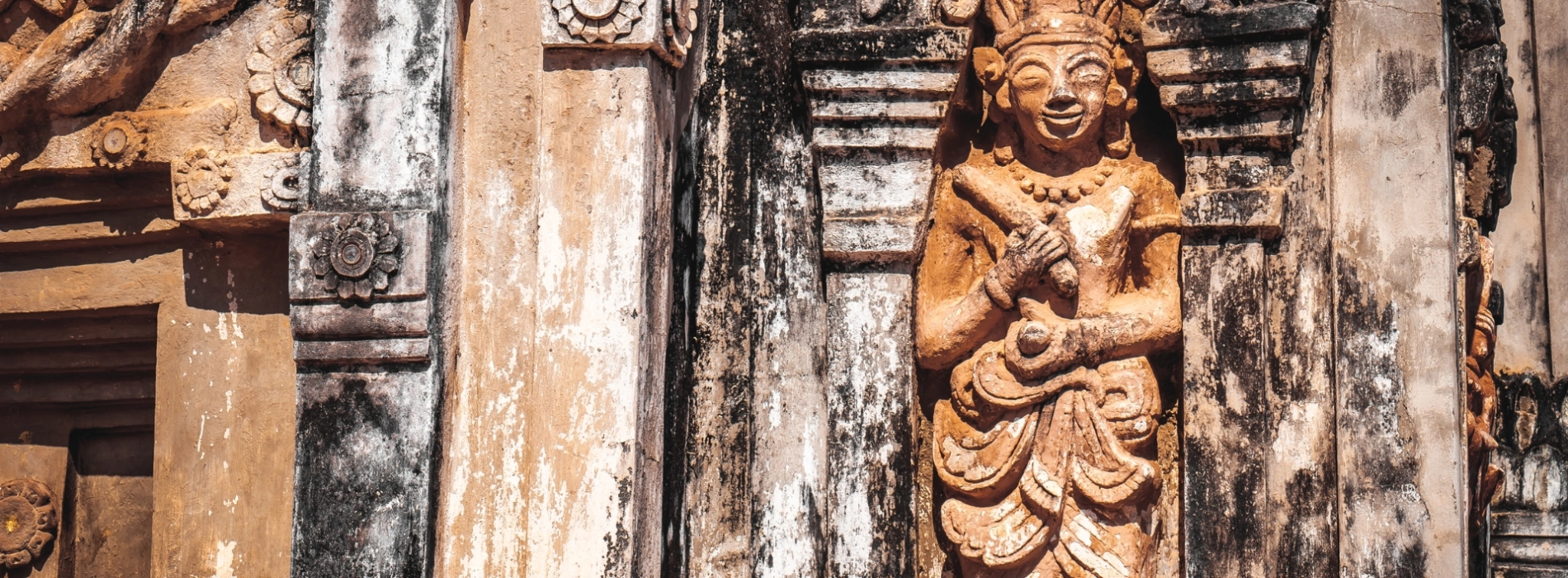
Savannakhet is a province in central Laos, where the vital East-West Economic Corridor runs through. While it may not have the famous ancient ruins of Luang Prabang, or the rapid economic and social development of Vientiane, Savannakhet still attracts visitors with its many historical architectural landmarks.
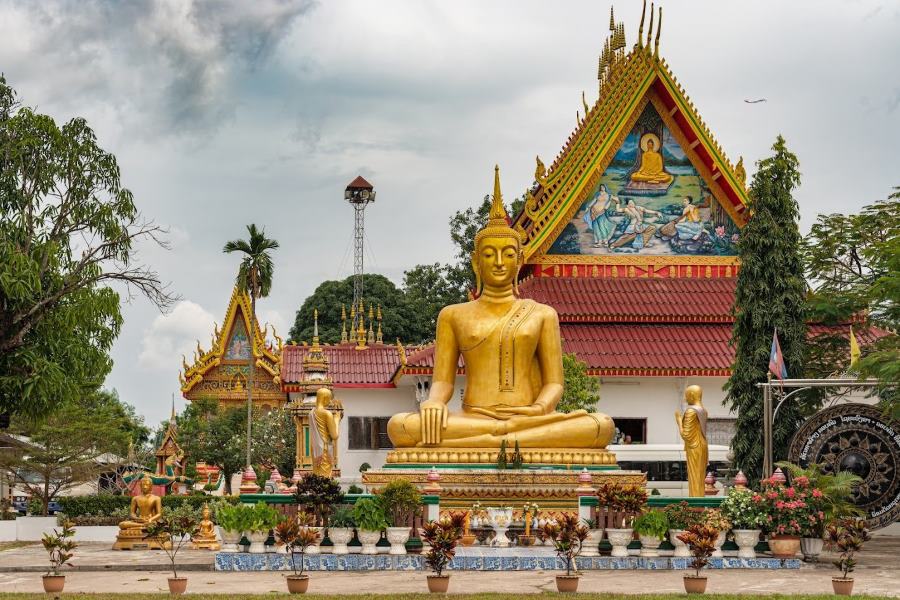
Savannakhet is a province in central Laos (Cre: Vietjet Air)
Savannakhet is a province in central Laos, located in the city of Kaysone Phomvihane. The province borders Khammouane Province to the north, Saravane Province to the south, Vietnam to the east and Thailand to the west. This strategic location makes province an important economic and tourism trade bridge between neighboring countries.
This place is also the second-largest economic center in Laos and a popular shopping spot because it has many lively urban areas and busy markets with lots of vendors, buyers, and tourists.
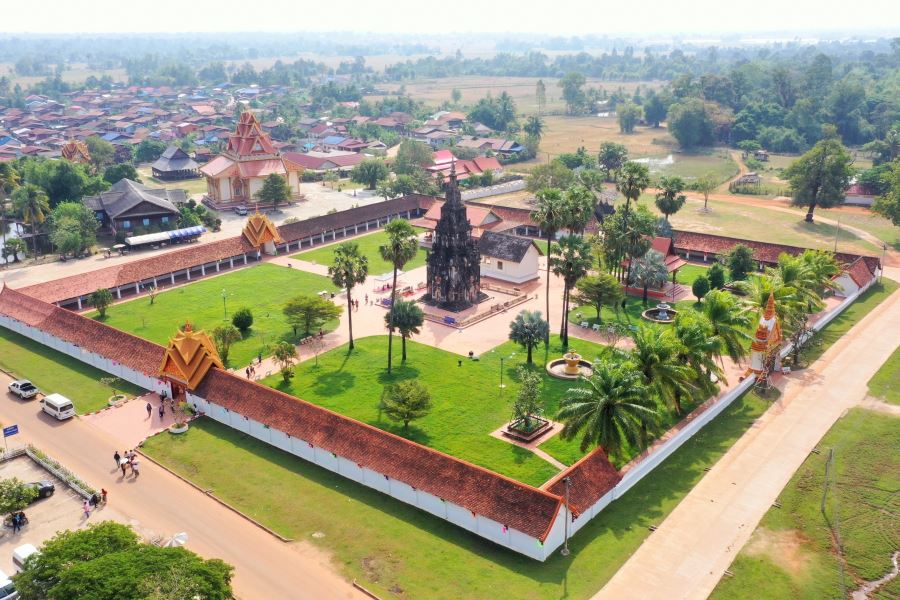
Location of Savannakhet (Cre: Voyage au laos)
Read more: Laos excursions
Savannakhet is not only the economic capital but also a major cultural center of Laos, home to many ancient architectural works reflecting the country's religious and cultural characteristics.
This province is also known as the "City of Paradise", derived from the word "Savanh Nakhone". In Lao, "Savanh" means "heaven". The city has many important architectural, artistic and spiritual works in the religious life of the Lao people. Visitors can feel the peace and tranquility with the quiet natural landscape, helping them forget the worries and troubles of daily life.
.jpg)
Savannakhet is also known as the "City of Paradise" (Cre: Wikipedia)
You can visit Savannakhet from neighboring countries via border gates. Additionally, you can fly to Savannakhet from major cities to Savannakhet Airport (ZVK).
Alternatively, you can travel by long-distance bus, taxi, or private car. As one of the largest provinces and the second most populous in Laos, Savannakhet is considered a key development area in central Laos. Therefore, the roads and transportation infrastructure are well-developed, and traffic density is quite high.
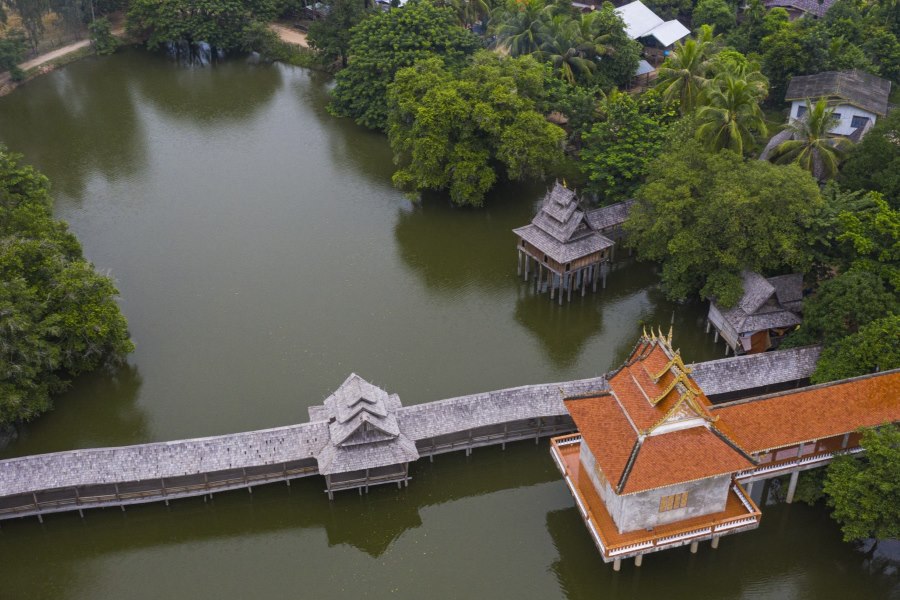
You can visit Savannakhet from neighboring countries via border gates (Cre: Discover Laos)
Savannakhet has a tropical monsoon climate, typical of Laos, with some subtropical features. The hottest time is in April, with an average temperature of 29.5°C, and the coldest month is December, with an average temperature around 21.7°C.
The climate has two main seasons: the dry season and the rainy season, with large temperature changes. So, you should choose the best time to visit based on your plans and prepare the right clothing and gear.

Savannakhet has a tropical monsoon climate (Cre: Wikimedia Commons)
Built in the mid-16th century, That Ing Hang in central province is considered the second most important pilgrimage site after the cultural heritage of Wat Phou in Champasak, southern Laos.
Ing Hang Temple is not only a sacred religious site but also an important place for the worship and ceremonies of Lao Buddhists.
When visiting, guests need to dress neatly. Women are encouraged to wear traditional Lao clothing before entering the temple. There are many shops outside the temple that rent and sell traditional outfits. The temple is open daily from 8:00 AM to 6:00 PM.
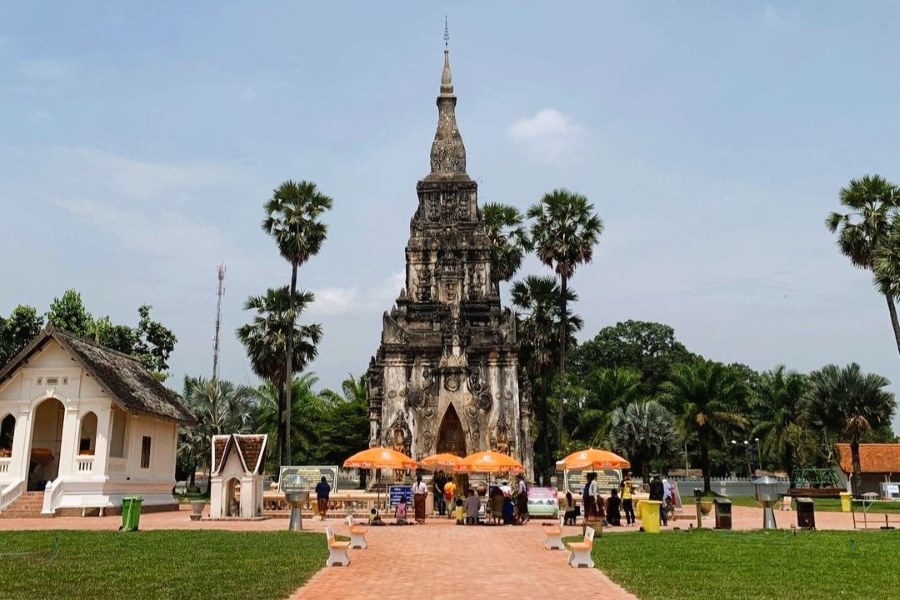
That Ing Hang, Savannakhet province, Laos (Cre: chompoolila)
The Dinosaur Museum in Savannakhet is a special destination with dinosaur skeletons excavated from 1930 to the present. Among them is the Tangvayosaurus Hoffeti skeleton, discovered by Josue Heilmann Hoffet. This dinosaur belongs to the genus Titanosaurus, also known as the "law lizard", and lived during the late Cretaceous period, 83 to 65 million years ago.
Dinosaur museums are among the most popular types of museums in the world, but in Laos, this does not seem to be the case. Many opinions suggest that the Dinosaur Museum in Laos is considered underrated in terms of its size, preservation methods, and displays. Nevertheless, it remains a popular destination for visitors when they come to Savannakhet.

The Dinosaur Museum in Savannakhet is a special destination (Cre: thaoworra.blogspot.com)
Famous stone temple located 300 kilometers north, which is less known, also features similar architecture to Wat Phou. The stone temple in Hueanhin Village, Xayphouthong District, Savannakhet Province is a well-preserved and highly valued spiritual site by the local people.
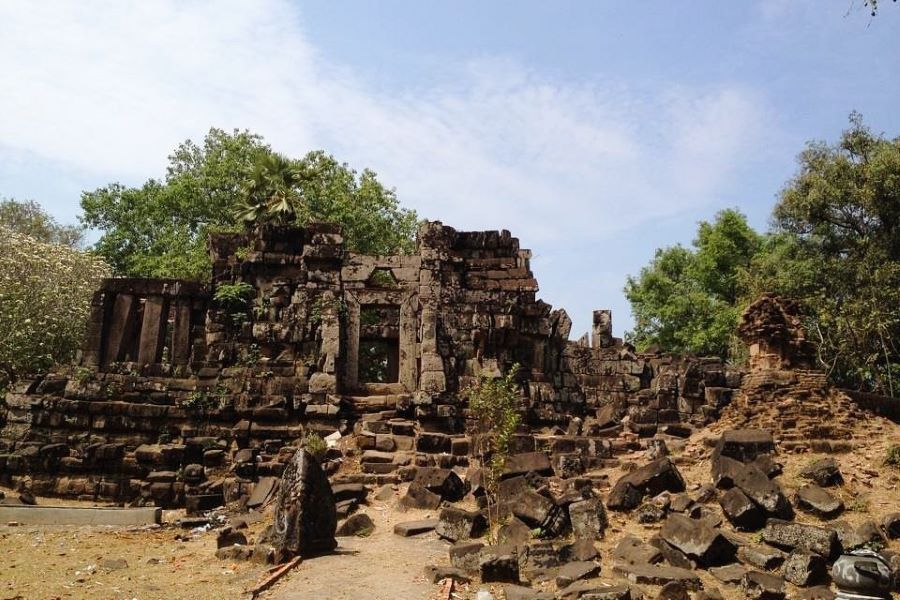
The stone temple in Hueanhin Village (Cre: Tripadvisor)
The province is home to many different ethnic groups, including the Lowland Lao, Phoutai, Thai Dam, Katang, Mangkong, Vali, Lava, Soui, Kapo, Kaleung, and Ta-Oi. There are also many descendants of Vietnamese and Chinese living in the province. This diversity contributes to the richness of the province's culture and cuisine.
The people here are hardworking, friendly, and very hospitable. Additionally, they are often involved in handloom weaving and have a strong spirit of conservation for nature and animals, as much of the area is covered by forests.
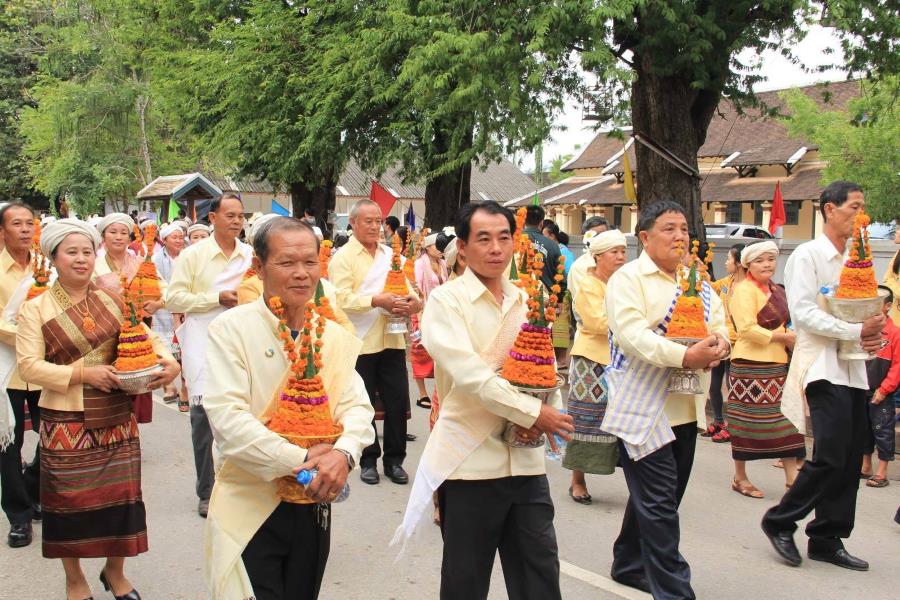
The province is home to many different ethnic groups (Cre: InsideAsia Tours)
Savannakhet cuisine is diverse and reflects Lao cuisine. Popular dishes here include traditional Lao dishes such as laap, Lao sausage, grilled meat, papaya salad and sticky rice.
Lao cuisine often balances sour, spicy, salty and sweet flavors, bringing a pleasant taste to those who enjoy it. However, many dishes can be quite spicy. Therefore, when visiting, you can ask the chef to make the food less spicy or not spicy at all, especially if you can't handle much spice or if you are traveling with children.

Savannakhet cuisine is diverse and reflects Lao cuisine (Cre: Bao An Giang)
Known as “paradise”, Savannakhet also attracts tourists because of its natural and cultural diversity. In addition, with the investment of the Government, this province has also developed more in terms of tourism infrastructure. This is the place you should visit when coming to Laos because it contains many things waiting for you to discover!
Schedule your Savannakhet exploration now to review the special experiences when coming to Laos!
Read more: Laos tours 10 days